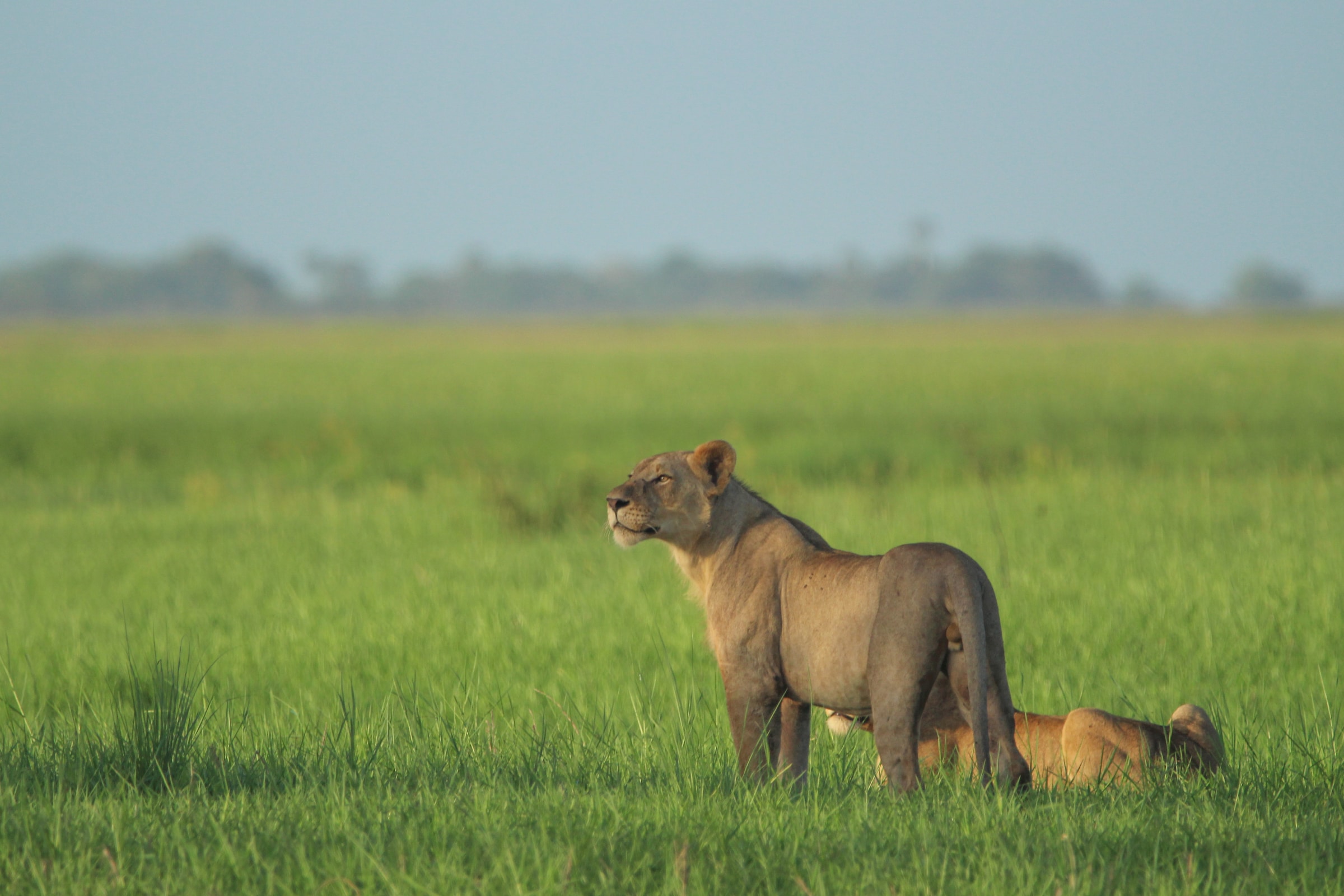The Lion Recovery Fund (LRF) was established to provide funding that helps support the recovery of lion populations throughout Africa. Since 2017, the LRF has funded over 270 projects in 25 countries, all part of its long-term mission to double the number of lions in Africa. And yet, up until recently, being able to quantify the success of lion conservation efforts had sometimes been difficult.
For years, the LRF has received requests to fund projects focused on lion population monitoring. Apart from a few specific cases, we have largely declined these requests for two reasons—first, because LRF grants are usually restricted to conservation actions, and second, because full-time monitoring of lion populations comes with unique challenges and there was scientific discordance relating to best practices. Recently, great strides have been made to overcome these obstacles.

In 2019, we supported a national survey of lions in Kenya that utilised cutting-edge methods to monitor lion populations in a great variety of ecosystems. Concurrently, other practitioners were applying similar methods, and we funded a workshop that brought together experts to pin down what best practices for monitoring looked like. Through these collective efforts, it became apparent that it was feasible to monitor lions across their range within a unified framework, for example, by using spatial capture-recapture methods within source populations and occupancy methods at large spatial scales.
Why is it so important to monitor lion populations? Because doing so provides crucial insights into trends in their numbers and distribution. This information can help assess the impact of conservation efforts and identify priority areas for intervention. Regular monitoring can help enable early identification of emerging conservation threats and thus allow for rapid intervention before the impacts become too severe. By understanding population dynamics, the LRF and other conservation organisations can tailor their strategies to address specific challenges unique to different regions, ensuring a more targeted, adaptive, and effective approach to lion conservation.

Since 2023, the LRF has elevated the level of funding directed at surveying lion populations. Over the last year, we have issued grants to seven projects to conduct lion surveys, and this is just the beginning.
The LRF is advancing the monitoring of lion populations both within grantee sites and more broadly in landscapes of critical importance to lion conservation. Our vision is to develop innovative and reliable methods and tools to monitor lion populations and deploy them within different sites across Africa. By embedding these strategies within local decision-making frameworks, LRF grantees can assess their effectiveness and consequently adapt their interventions.

Through strategic investments and the provision of technical support, the LRF will provide the means and resources to organisations interested in long-term lion population monitoring. And with the continued support of our donors, we’ll continue supporting the most impactful lion conservation projects and innovative strategies to help lions make substantial recoveries across Africa.

